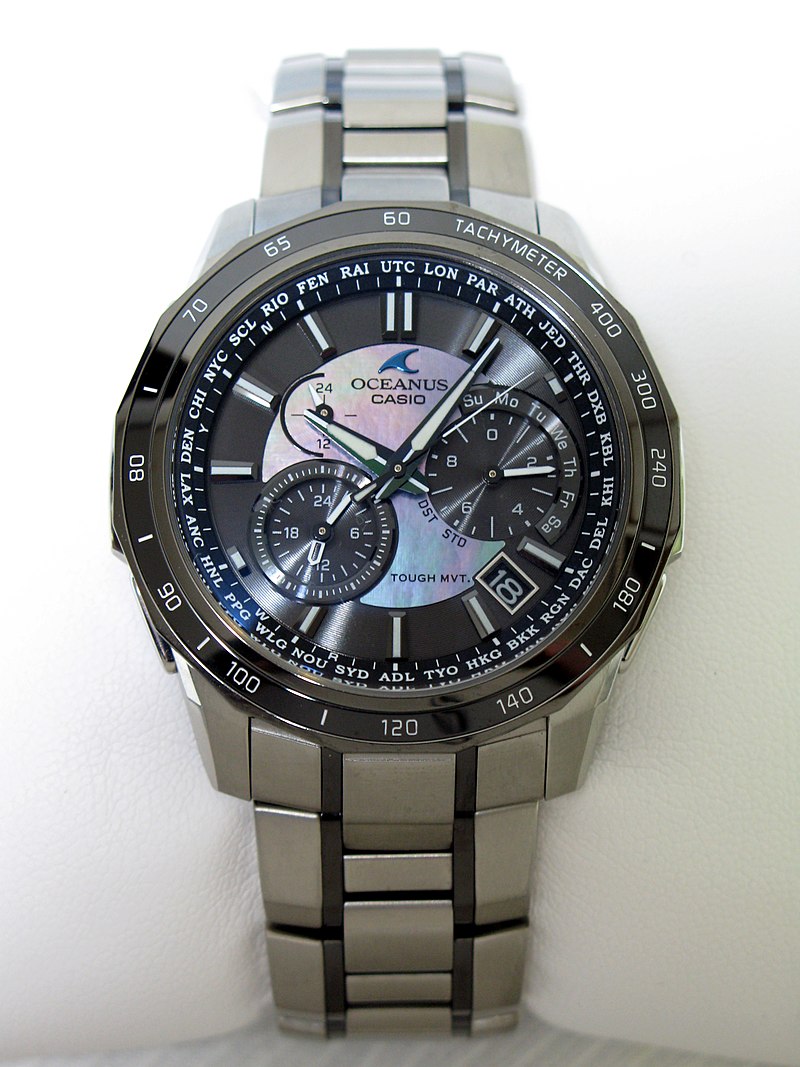
Timekeeping in Orbit: How the ACES Mission Transforms Our Comprehension of Time in Space
A new era in timekeeping is underway – 400 kilometers above Earth – where an innovative European space mission aspires to demonstrate that time indeed flows differently in space. Launched on April 21 via a SpaceX Falcon 9 rocket, the Atomic Clock Ensemble in Space (ACES) signifies a significant partnership in physics, engineering, and space exploration.
Now positioned aboard the International Space Station (ISS), ACES features the most precise timekeeping system ever utilized in orbit. Designed by the European Space Agency (ESA) in close collaboration with CNES (France’s national space agency) and various European partners, this mission transcends a mere test of time — it holds the promise of enhancing our comprehension of fundamental physics and transforming how humanity quantifies time across the globe.
The Importance of Time in Space
Einstein’s theory of general relativity reveals that time does not progress at a uniform rate. Rather, gravity and speed can influence the passage of time. This phenomenon, known as time dilation, indicates that clocks operate faster in weaker gravitational fields — like outer space — and slower in stronger fields, such as Earth’s surface. ACES will rigorously examine this theory.
Previous experiments, such as those involving GPS satellites or atomic clocks at high altitudes, have validated differences in relativistic time, but ACES advances the inquiry significantly. It contrasts ultra-precision atomic clocks in orbit with terrestrial timepieces across various continents, providing greater insight into how time functions under differing gravitational conditions and possibly uncovering new physics in the process.
Two Clocks, One Objective: The Force Behind ACES
Central to ACES are two innovative atomic clocks working collaboratively:
1. PHARAO (Projet d’Horloge Atomique à Refroidissement d’Atomes en Orbite): Created by CNES, this caesium-based clock employs advanced laser technology to cool atoms to nearly absolute zero (–273°C). Extreme cooling reduces atomic motion, enhancing the precision of their resonant frequency measurements. In space, the absence of gravity enables PHARAO to operate with remarkable stability compared to its Earth-based counterparts.
2. SHM (Space Hydrogen Maser): Developed by Safran Timing Technologies in Switzerland, SHM relies on hydrogen atoms and offers consistency ten times superior to similar devices used in systems like Europe’s Galileo satellites. The SHM provides a steady frequency reference that enhances PHARAO’s precision.
This synchronized dual-clock system achieves unrivaled coordination — with a maximum deviation of merely one second every 300 million years.
Shaping the Future of Time
A key objective of ACES is to lay the groundwork for redefining the SI second using optical frequency standards. The current definition is based on microwave frequencies derived from caesium atomic transitions. However, as ACES refines comparisons between space and ground, higher-frequency optical standards may soon supplant existing timekeeping measures.
Luigi Cacciapuoti, ESA’s ACES project scientist, underscores the expansive significance: “This clock network is a crucial resource for the worldwide scientific community. It will also facilitate new geodesic applications and enhance current satellite navigation systems.”
An Engineering Marvel Three Decades in the Making
The journey of ACES to orbit has been neither swift nor straightforward. Over thirty years of planning and engineering have been devoted to creating the ultra-sensitive instruments, which are themselves susceptible to magnetic fields, vibrations, and temperature changes. Every element, from screws to assembly tools, needed to be magnetically neutral to prevent interference with the clocks.
Thomas Peignier, ACES Principal Engineer, emphasizes the importance of protecting the instruments during development and transport. “Magnetic fields can disrupt timekeeping accuracy, so we painstakingly surveyed and prepared environments before relocating or operating ACES.”
Data from the mission will be collected in 25-day intervals over a projected 30-month operational timeframe. During this duration, the ISS will pass over every region of the planet several times each day. Microwave and laser time connections bridge ACES with ground stations in Europe, the USA, Japan, and elsewhere, enabling ultra-precise time comparisons that account for signal delays induced by atmospheric phenomena.
Exploring the Universe’s Mysteries
Beyond enhancing time synchronization and GPS precision, ACES is challenging the limits of fundamental science. Its real-time examinations of Einstein’s relativity delve into the domains of quantum physics and cosmology. It may identify minute fluctuations in the constants that govern physical laws — possibly suggesting the presence of dark matter or other uncharted forces.
The mission will also aid modern geodesy — the discipline of measuring Earth’s shape and gravitational field. Time, gravity, and altitude are intricately interwoven; ACES could assist in constructing high-resolution gravitational maps of the planet, beneficial for climate observation, geology, and satellite-based navigation systems.
A Emblem of Scientific Collaboration
The ACES initiative stands as a prominent illustration of international unity in the pursuit of scientific advancement.